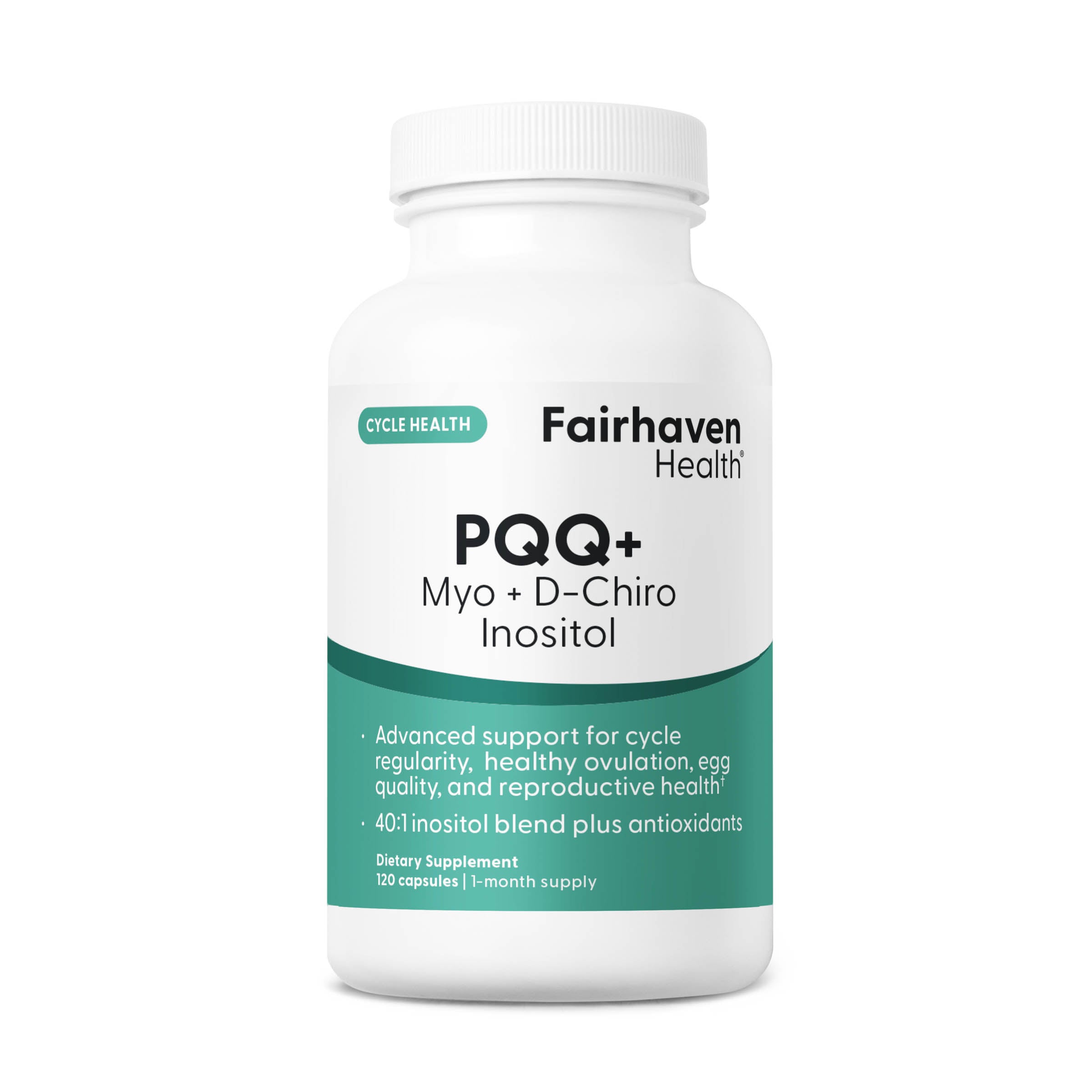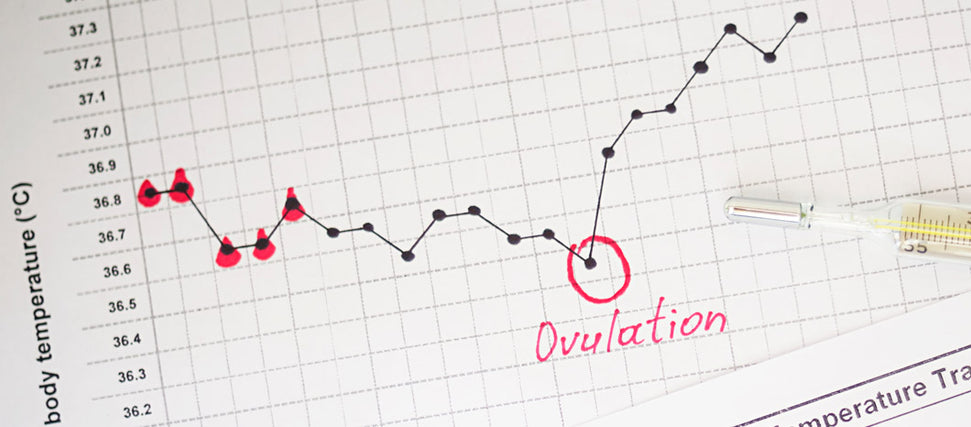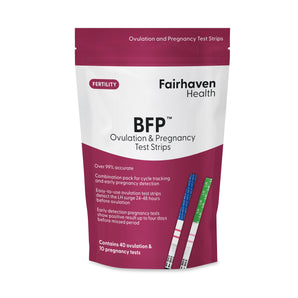There are a number of ways that you can predict ovulation. Having a regular cycle is the first indicator of regular ovulation. Fertility charting also allows you to predict ovulation, pinpoint your most fertile time in your cycle, and increase your chances of becoming pregnant. Monitoring temperature, cervical mucus, and through use of ovulation prediction tools, a woman can learn to identify the days when she will most likely ovulate.
Fertility Charting
Your basal body temperature is your body temperature at rest. A basal body temperature shift, or increase in your resting body temperature, is an indicator of having ovulated. Directly after ovulation, your basal body temperature will typically increase by 0.5 to 1.5 degrees F. Your basal body temperature and its changes may be monitored throughout the month by daily charting with either Mercury-Free Glass or Digital Basal. The basal temperature spike occurs because of a sudden increase of the hormone progesterone, which follows ovulation. The temperature increase creates a warm and fertile environment for implantation of the fertilized egg. Your most fertile period is in the two or three days before your temperature hits its high point. While monitoring your basal body temperature throughout the month will not allow you to detect actual ovulation, the pattern that appears after charting for a few months will be a good indicator of ovulation and your most fertile days. To ensure accuracy while using basal thermometers, your temperature must be taken first thing in the morning, and at the same time each morning. The temperature should be recorded before any activity occurs, because activity will raise the body's temperature and could cause a misleading temperature reading.
Cervical Mucus
Combined with basal body temperature charting, monitoring the consistency and quantity of your cervical mucus is a great way to know your optimal fertility window. Having healthy cervical mucus is crucial for women who are trying to conceive. Healthy cervical mucus is the avenue in which sperm travels to your fallopian tubes. Your uterine lining walls must also be strong and healthy for the implantation of sperm. See FertileCM for more information about cervical mucus and the importance of its quality and quantity. Throughout your cycle, cervical mucus will increase in quantity and change consistency and texture, becoming slippery like egg whites and semitransparent. This reveals hormonal changes leading to ovulation. Once you become familiar with the consistency of your cervical mucus, you will be able to have a sense of your peak fertility time, which is indicated when the cervical mucus becomes slippery and stretchy. The recommended way to inspect your cervical mucus is to insert your finger into your vagina and gently circle your finger around your cervix.
-
Before ovulation your cervical mucus is quite dry and at the lowest point of quantity during your cycle. When approaching ovulation, it becomes sticky and slightly stretchy and will be white or cream colored. At this time you should be able to stretch your cervical mucus between your thumb and pointer finger about 1 centimeter before it breaks.
-
During your window of fertility (right before ovulation), your cervical mucus should resemble egg whites. It should be able to be stretched several centimeters between the thumb and pointer finger. It is during this phase that the sperm's survival rate is the highest. It can survive in cervical mucus for up to 72 hours, a significantly longer time than during the rest of your cycle.
-
Just after ovulation is your least likely chance of getting pregnant. Your cervical mucus will significantly lessen in quantity, and you will feel dryness around the vulva.
Ovulation Predictor Tools and Kits
The LH Ovulation Test (ovulation predictor kit, or OPK) is designed to detect your LH surge which occurs just prior to ovulation. This will help you time intercourse for your optimal fertile days. OPK's are urine-based tests designed as a test strip or midstream format (held within the stream or urine), which can be purchased in stores or online. You will see a positive result when you are ovulating and this will indicate optimal fertility.
Saliva-based ovulation microscopes are another way to accurately predict ovulation (without the use of messy urine tests!). About three days before a woman ovulates, when viewed under a microscope, her saliva begins to form a distinct fern-like pattern. This is due to an increase in the level of estrogen present. Saliva based ovulation prediction devices such as the Fertile-Focus Ovulation Microscope, indicates one's peak fertile days and are very easy to use. They are generally discreet looking, small and portable plus they are reusable for unlimited testing. It works by dabbing a little saliva on the scope first thing in the morning before eating, drinking or brushing teeth and letting it dry about 5 minutes before viewing the sample for the fern-like pattern. See how easy they are to use by viewing a video demonstration of an ovulation microscope.
In addition to OPKs and ovulation microscopes, a variety of electronic fertility monitors are also available. These monitors range in price and functionality but are all designed to accurately predict ovulation and your most fertile days. Fertility monitors predict ovulation by identifying the estrogen and/or LH surge that precedes ovulation. The OvaCue Wireless Fertility Monitor measures electrolyte resistance in saliva and cervical mucus to predict ovulation—no messy urine testing is required. We endorse this monitor as it further provides up to 7 days notice prior to ovulation, is proven to be 98% accurate and requires no recurring costs like other fertility monitors.







